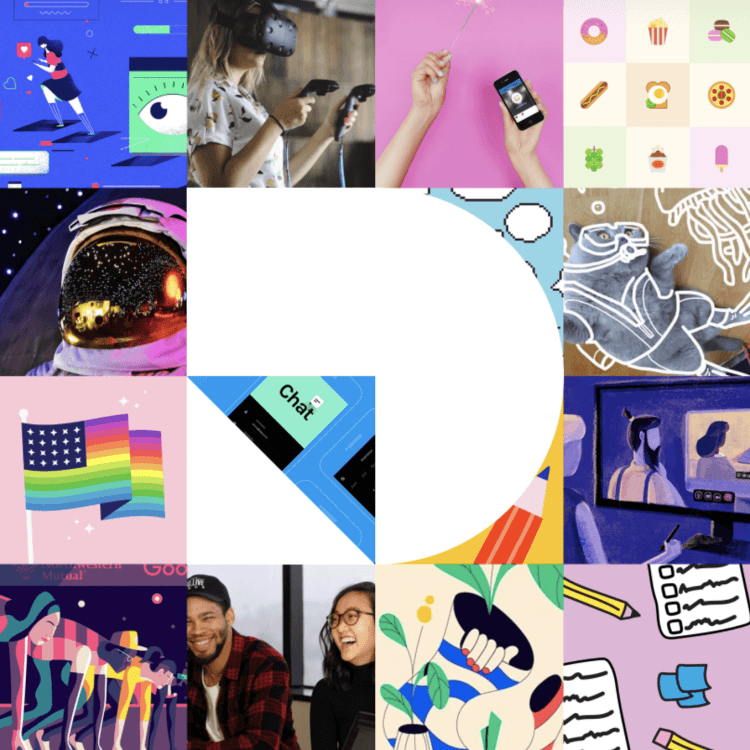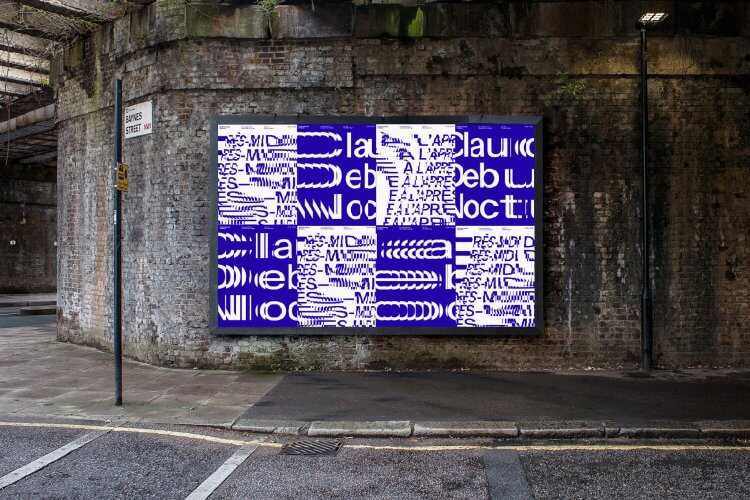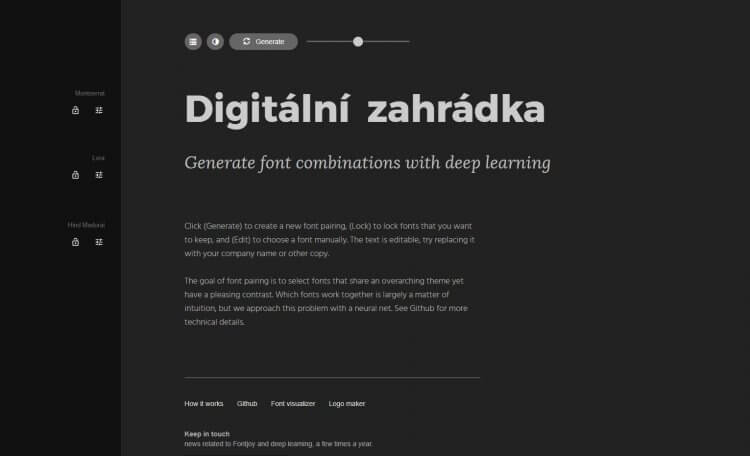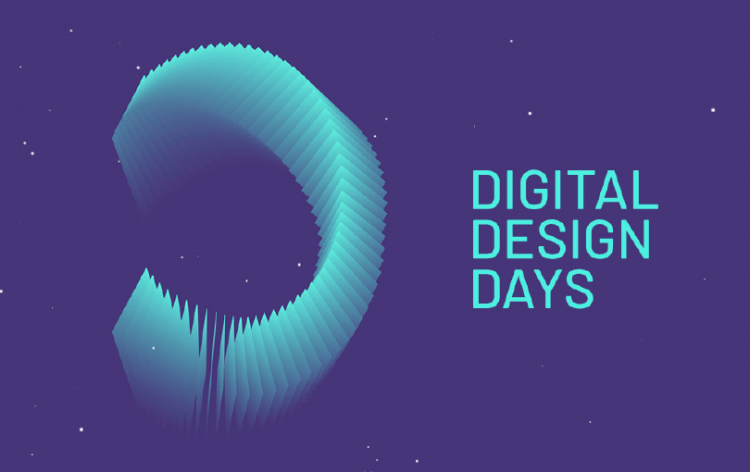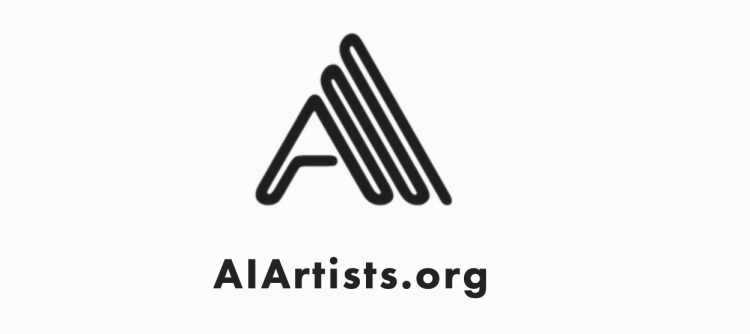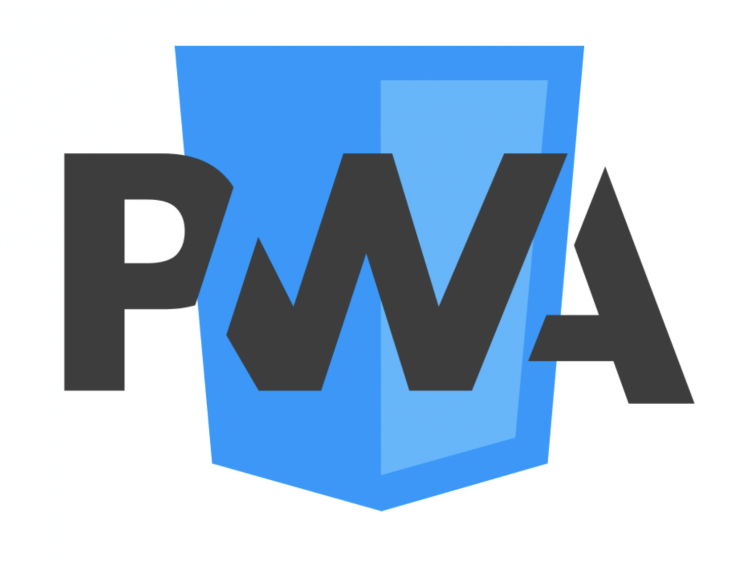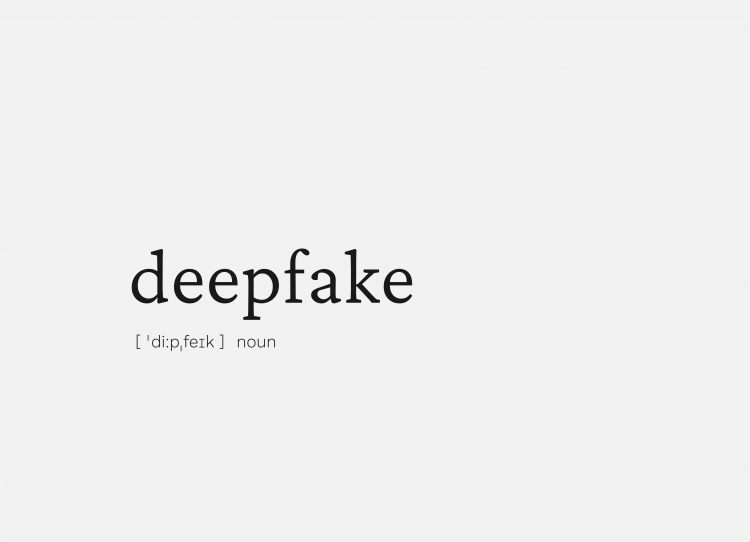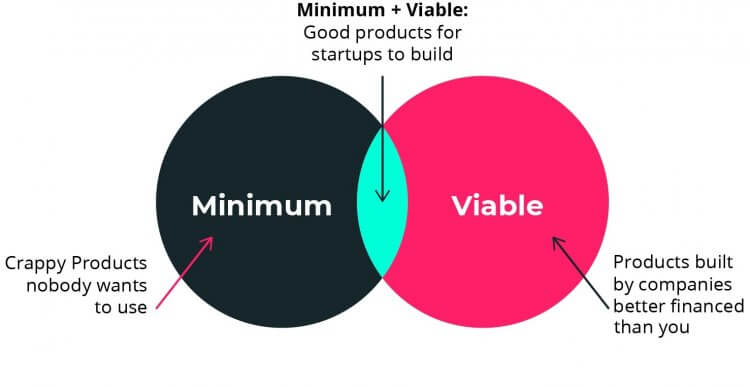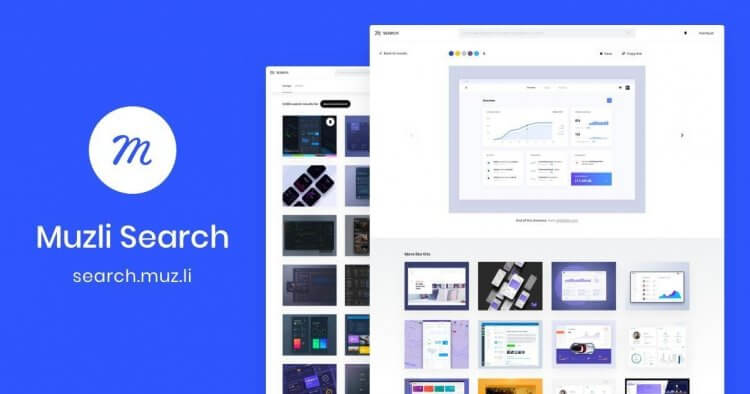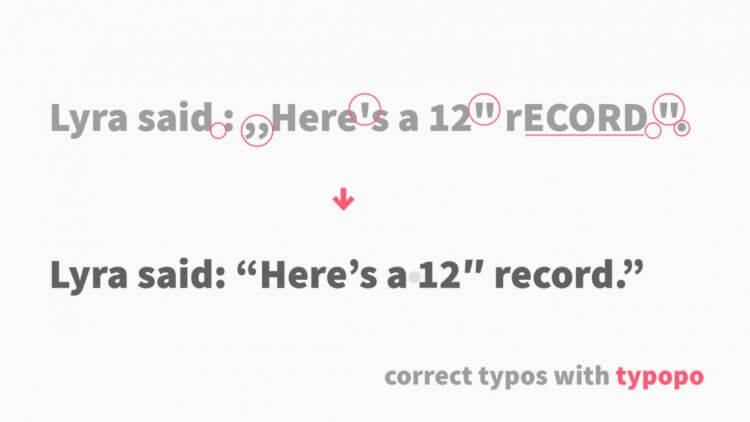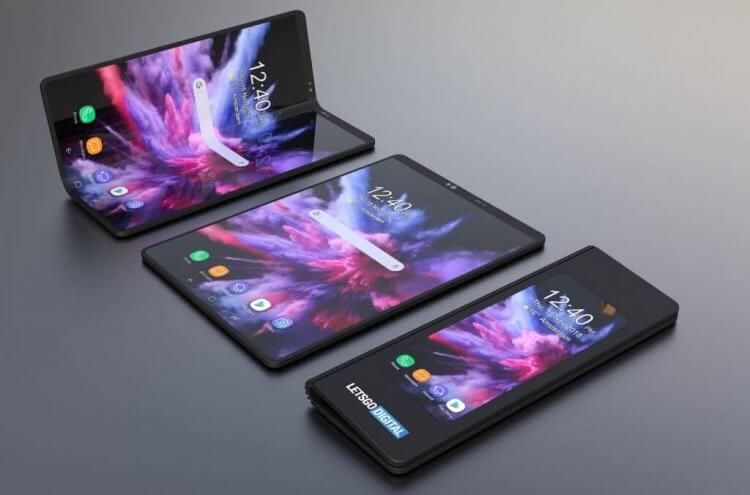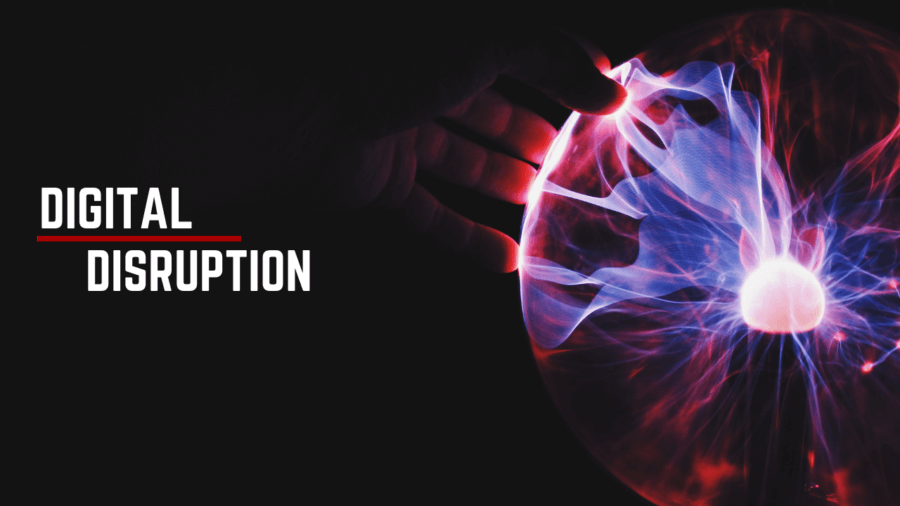
Digital Disruption
Digital disruption is a transformation that is caused by emerging digital technologies and business models. These innovative new technologies and models can impact the value of existing products and services offered in the industry. This is why the term ‘disruption’ is used, as the emergence of these new digital products/services/businesses disrupts the current market and causes the need for re-evaluation.

10 business models behind Digital Disruption
- The Subscription Model (Netflix, Dollar Shave Club, Apple Music) Disrupts through “lock-in” by taking a product or service that is traditionally purchased on an ad hoc basis, and locking-in repeat custom by charging a subscription fee for continued access to the product/service
- The Freemium Model (Spotify, LinkedIn, Dropbox) Disrupts through digital sampling, where users pay for a basic service or product with their data or ‘eyeballs’, rather than money, and then charging to upgrade to the full offer. Works where marginal cost for extra units and distribution are lower than advertising revenue or the sale of personal data
- The Free Model (Google, Facebook) Disrupts with an ‘if-you’re-not-paying-for-the-product-you-are-the-product’ model that involves selling personal data or ‘advertising eyeballs’ harvested by offering consumers a ‘free’ product or service that captures their data/attention
- The Marketplace Model (eBay, iTunes, App Store, Uber, AirBnB) Disrupts with the provision of a digital marketplace that brings together buyers and sellers directly, in return for a transaction or placement fee or commission
- The Access-over-Ownership Model (Zipcar, Peerbuy, AirBnB) Disrupts by providing temporary access to goods and services traditionally only available through purchase. Includes ‘Sharing Economy’ disruptors, which takes a commission from people monetising their assets (home, car, capital) by lending them to ‘borrowers’
- The Hypermarket Model (Amazon, Apple) Disrupts by ‘brand bombing’ using sheer market power and scale to crush competition, often by selling below cost price
- The Experience Model (Tesla, Apple) Disrupts by providing a superior experience, for which people are prepared to pay
- The Pyramid Model (Amazon, Microsoft, Dropbox) Disrupts by recruiting an army of resellers and affiliates who are often paid on a commission-only model
- The On-Demand Model (Uber, Operator, Taskrabbit) Disrupts by monetising time and selling instant-access at a premium. Includes taking a commission from people with money but no time who pay for goods and services delivered or fulfilled by people with time but no money
- The Ecosystem Model (Apple, Google) Disrupts by selling an interlocking and interdependent suite of products and services that increase in value as more are purchased. Creates consumer dependency.

